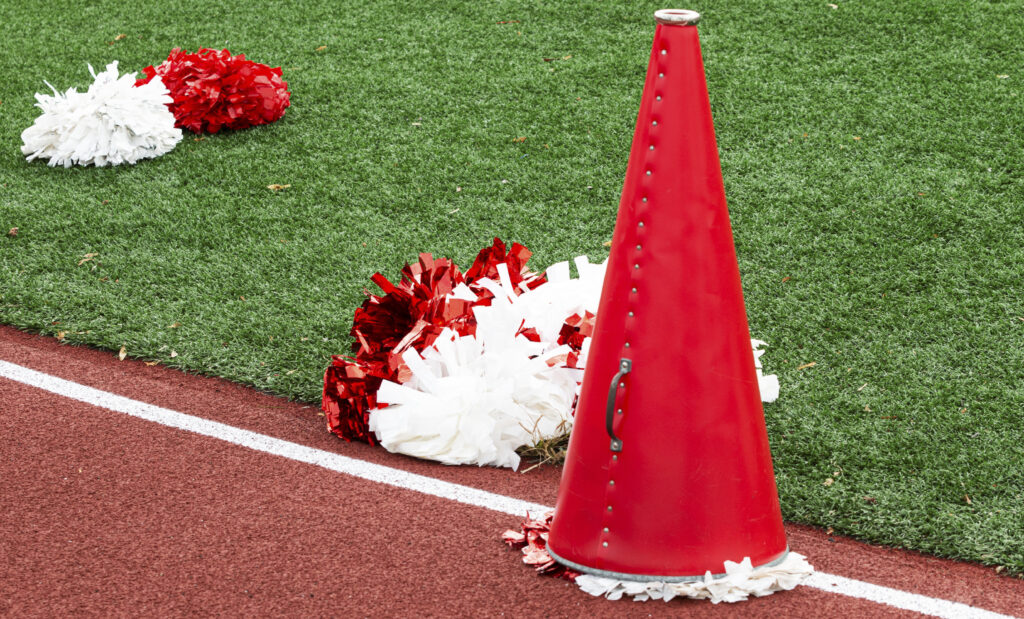Employment Law Report
Recent United States Supreme Court Opinion May Impact First Amendment Protection in Public Employment Settings

Last month, the United States Supreme Court issued its opinion in Mahanoy Area School District v. B.L, holding that a school violated a student’s First Amendment right when it suspended her from the cheerleading team for using explicit language outside of school. The lawsuit started nearly four years ago when the student, B.L., shared a Snapchat post after learning that she did not make the junior varsity cheerleading squad. The post, which was sent to about 250 of B.L.’s Snapchat friends, displayed B.L. with her middle finger raised repeating an explicit four letter word four times in regard to “school,” “cheer,” “softball” and “everything.” When notified of the post, the school suspended B.L. from the cheer squad for one year in an effort to “avoid chaos” and maintain a “team like environment.”
In the opinion, the Court found that a school may sometimes possess a significant interest in regulating off-campus student speech, including speech transmitted via social media. However, the Court recognized that when the speech at issue occurs outside of the school setting the school’s interest is oftentimes diminished by other factors and instructed lower courts to be “more skeptical of schools’ efforts to regulate off-campus speech, for doing so may mean the student cannot engage in that kind of speech at all.”
Although Mahanoy Area School District involved a school’s authority to limit a student’s First Amendment rights off-campus, the holding may have broader implications in the future, particularly in public-employment settings. (Notably, the First Amendment protects speech from government censorship so while employees in the public sector may assert a First Amendment claim against their public employer, employees in the private sector cannot.) During oral arguments it was repeatedly noted that parallel issues frequently arise in public workplaces, where public employers are increasingly expected to take disciplinary action in response to social media postings made by public employees while off the clock. Accordingly, Mahanoy Area School District could provide insight into how the Court may handle this issue in future employment cases and the following factors, which were found to diminish and ultimately outweigh the school’s interest in regulating B.L.’s speech, might be worthy of consideration.
First, the Court noted that B.L.’s speech did not include features that would place it outside of the First Amendment’s ordinary protection. Although B.L.’s post used vulgar language, it did not amount to “fighting words” and was not “obscene,” two types of speech that the First Amendment does not protect. Thus, the mere use of explicit language does not necessarily justify disciplinary action. As explained by the Court, while it might be tempting to some to dismiss B.L’s words as “unworthy of the robust First Amendment protections,” it is sometimes “necessary to protect the superfluous in order to preserve the necessary.”
Second, the Court found that B.L.’s speech was protected, in part, because it did not identify the school or target any member of the school community with vulgar or abusive language. This finding suggests that speech criticizing workplace decisions or expressing controversial viewpoints may be entitled to more protection when it does not identify the name of the public employer or target specific individuals in the workplace.
Third, there was no evidence establishing that B.L.’s off-campus speech caused a substantial disruption on-campus. According to the Court, the school’s desire to avoid discomfort or hurt feelings was insufficient to justify the resulting disciplinary action. Rather, evidence that the speech caused a substantial disruption of a school activity or threatened harm to the rights of others was required. Thus, public employers might want to consider if an employee’s out-of-work speech caused an actual and substantial disruption at work before taking disciplinary action.
Finally, the school’s interests were diminished by the fact that B.L.’s post was shared with her “private circle of Snapchat friends” outside of school hours and outside of the school premises. Accordingly, the employee’s location, timing and intended audience might be relevant in determining the protection afforded to the speech at issue.
Although First Amendment rights cannot be asserted against a private employer, employers in the private sector should be mindful that employees have the right to “engage in … concerted activities for the purpose of collective bargaining or other mutual aid or protection” under the National Labor Relations Act (NLRA), which applies to both unionized and union-free workplaces. Additionally, some states may have laws that provide employees with additional protections when engaging in political speech outside of the work place, including but not limited to political speech shared on social media. Employers in both the public and private sector are also encouraged to enact clear policies that ensure disciplinary actions are taken consistently and uniformly to avoid violating state or federal anti-discrimination laws.